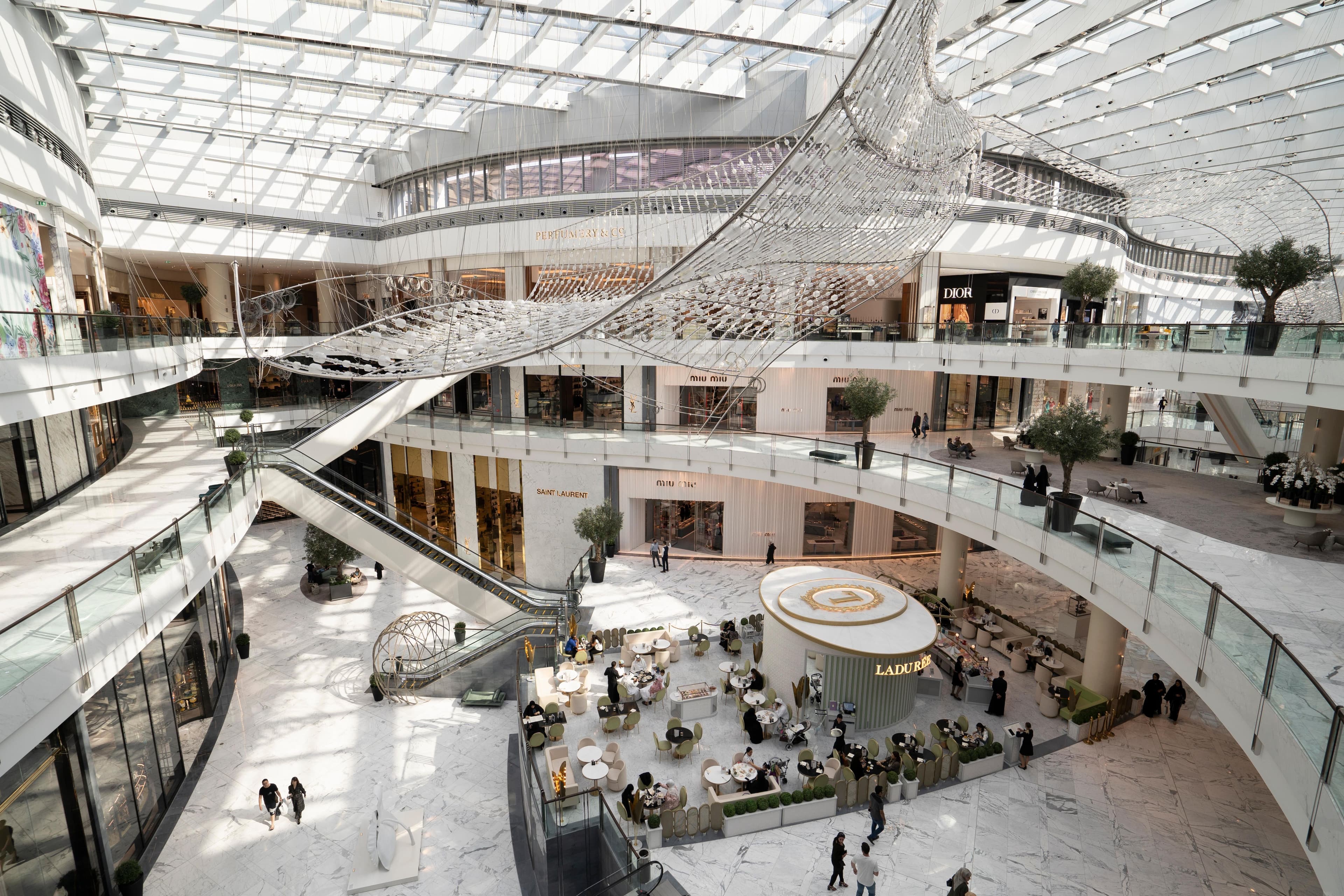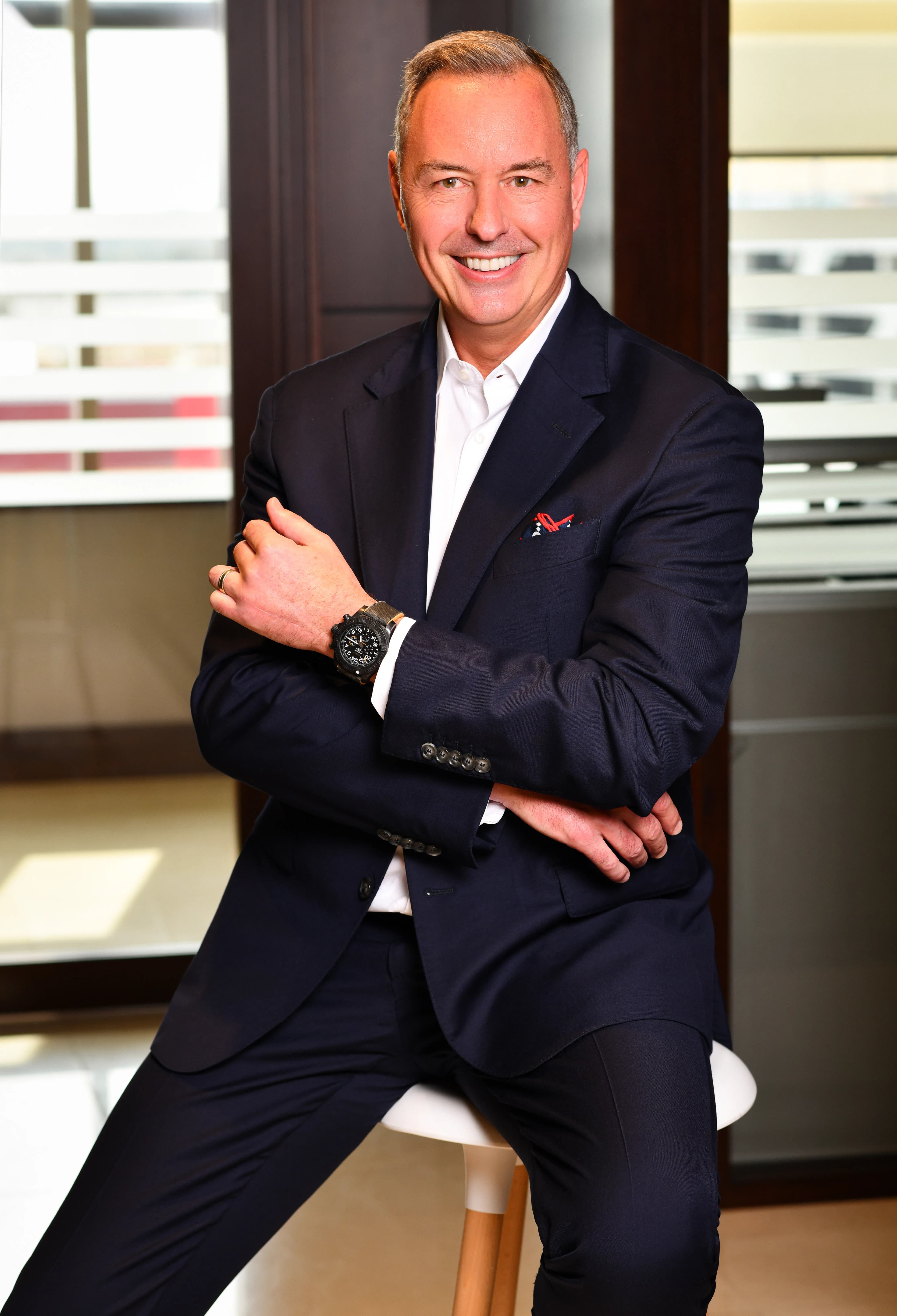Designed by the American architectural firm Skidmore, Owings & Merrill, and built by South Korea’s Samsung C&T, the Burj Khalifa redefined the boundaries of modern engineering. With more than 160 habitable floors, the tower features a combination of residential units, corporate suites, luxury hospitality via the Armani Hotel, and observation decks that draw millions of visitors each year.
The building’s triple-lobed footprint, inspired by the Hymenocallis flower, is not just aesthetically striking—it enhances structural integrity and wind resistance, critical for a tower of this scale. At the height of construction, over 12,000 workers from around the world contributed daily to what would become a marvel of 21st-century engineering.
The global resonance of Burj Khalifa cannot be overstated. It has attracted high-net-worth investors from across the world, catalyzed tourism growth, and inspired similar high-rise projects globally. The tower alone has become one of Dubai’s most photographed landmarks, featured in global media, Hollywood films, and luxury brand campaigns.
Moreover, its presence has driven up the value of surrounding developments, proving that landmark architecture can serve as an economic engine. Residential units in the tower are among the most sought-after addresses in the city, with resale values and rental yields consistently outperforming the wider market.
Alabbar's leadership is characterized by an unwavering commitment to excellence and a belief in continuous learning. He often states, "You need to have the desire, the passion; you have to be brave and take actions. You might fall a few times, but you will get up."
His approach combines strategic foresight with a hands-on mentality, often engaging directly with teams across his ventures to foster innovation and accountability.









